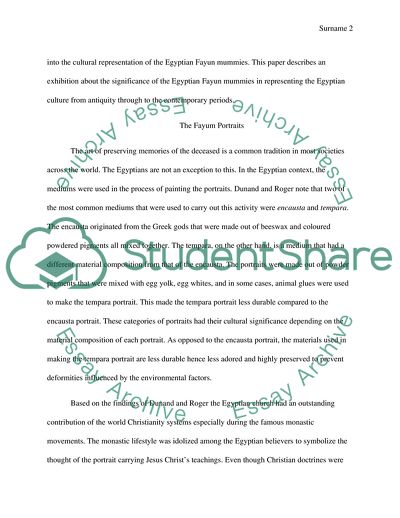Cite this document
(How Stereotypical Interpretations Influence Media Contexts Assignment Example | Topics and Well Written Essays - 1250 words, n.d.)
How Stereotypical Interpretations Influence Media Contexts Assignment Example | Topics and Well Written Essays - 1250 words. https://studentshare.org/media/1852956-museum-exhibit-design
How Stereotypical Interpretations Influence Media Contexts Assignment Example | Topics and Well Written Essays - 1250 words. https://studentshare.org/media/1852956-museum-exhibit-design
(How Stereotypical Interpretations Influence Media Contexts Assignment Example | Topics and Well Written Essays - 1250 Words)
How Stereotypical Interpretations Influence Media Contexts Assignment Example | Topics and Well Written Essays - 1250 Words. https://studentshare.org/media/1852956-museum-exhibit-design.
How Stereotypical Interpretations Influence Media Contexts Assignment Example | Topics and Well Written Essays - 1250 Words. https://studentshare.org/media/1852956-museum-exhibit-design.
“How Stereotypical Interpretations Influence Media Contexts Assignment Example | Topics and Well Written Essays - 1250 Words”. https://studentshare.org/media/1852956-museum-exhibit-design.


